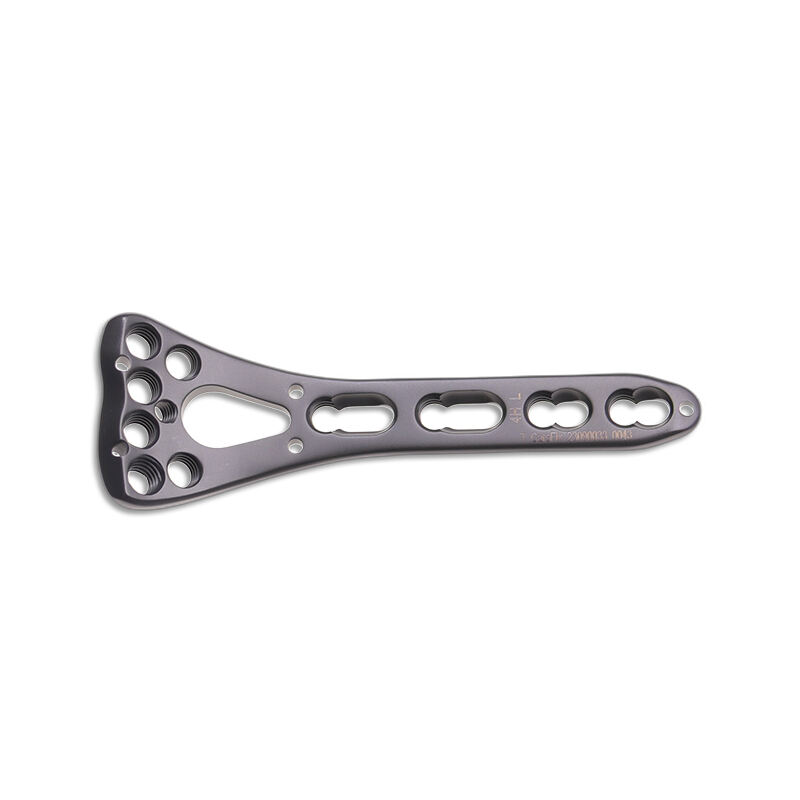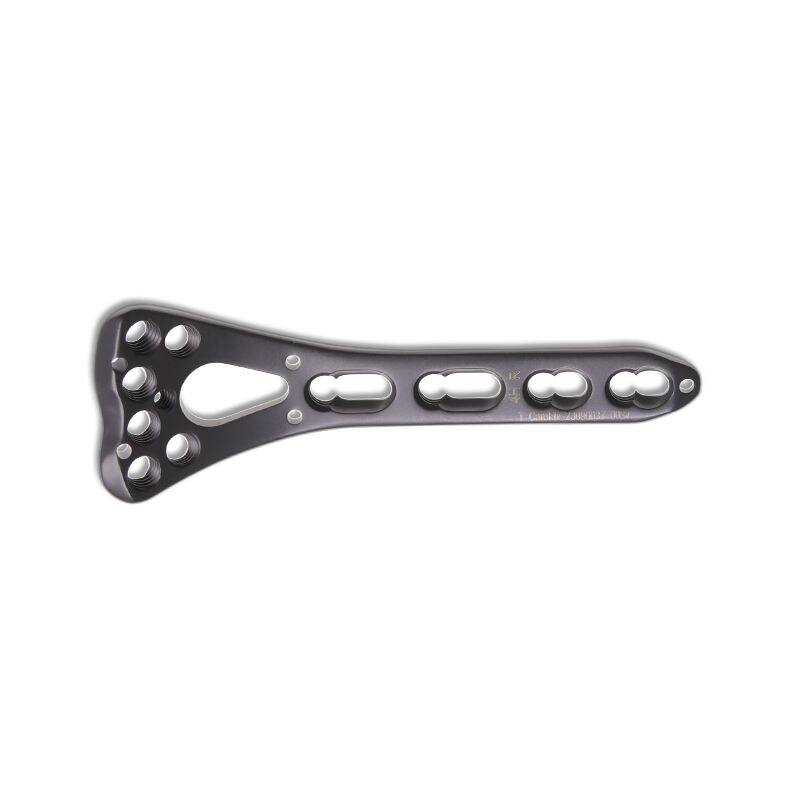volar locking plate
The volar locking plate represents a significant advancement in orthopedic surgery, specifically designed for treating distal radius fractures. This innovative fixation device is anatomically contoured to match the natural shape of the volar aspect of the distal radius, providing optimal stability and support during fracture healing. The plate features multiple fixed-angle locking screws that create a strong and stable construct, effectively preventing screw toggle and backout. Its low-profile design minimizes soft tissue irritation while maintaining structural integrity. The volar locking plate system incorporates advanced metallurgy, typically manufactured from high-grade titanium or stainless steel, ensuring both biocompatibility and durability. The plate's sophisticated design includes strategically placed screw holes that allow for variable angle placement, enabling surgeons to address complex fracture patterns effectively. Additionally, the system comes with precision instrumentation for accurate placement and alignment, contributing to improved surgical outcomes. This technology has revolutionized the treatment of distal radius fractures by providing enhanced fixation strength, allowing for early mobilization and potentially better functional outcomes.


